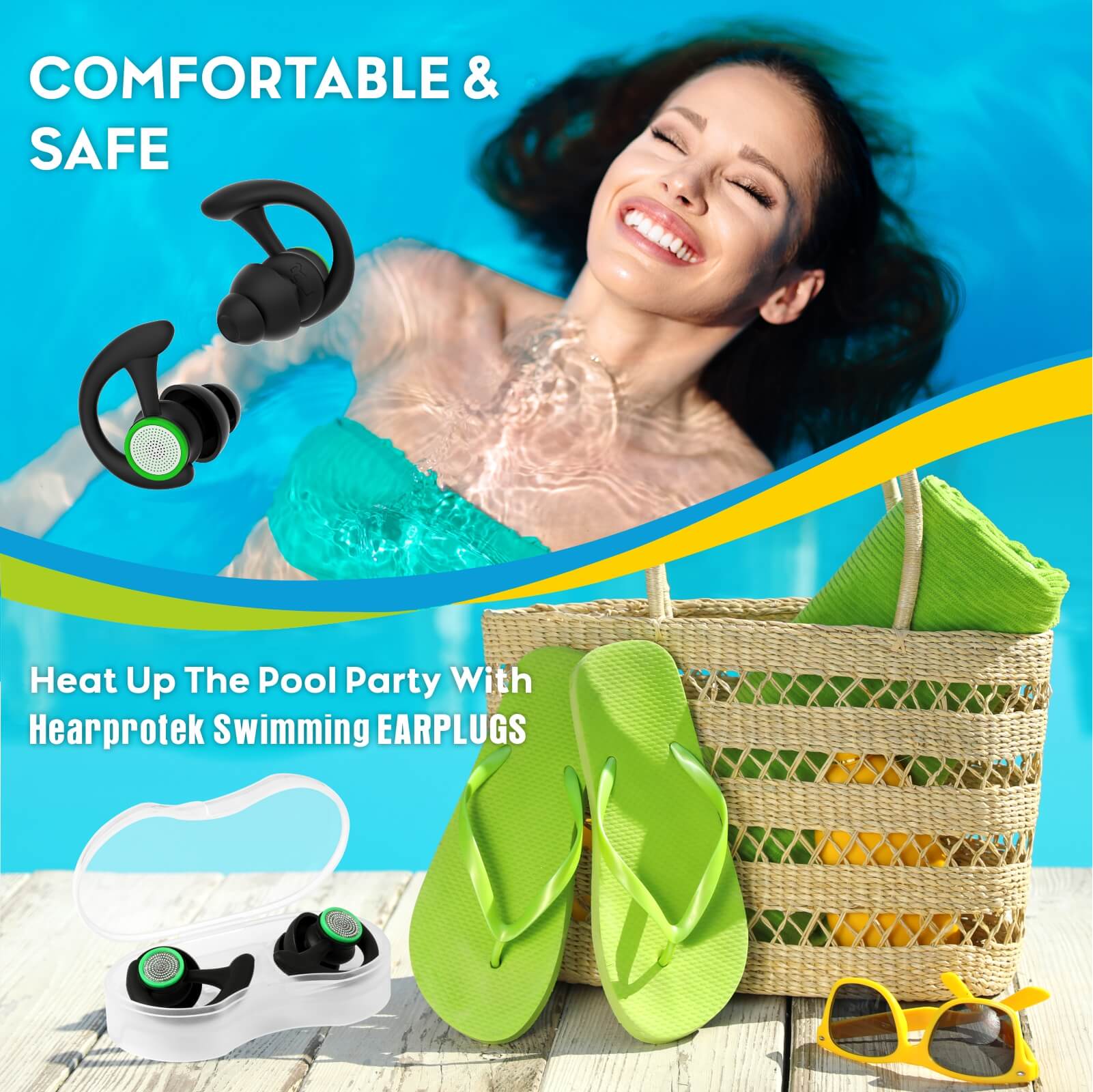Introduction
Swimming ear plugs are essential accessories for swimmers of all levels. They provide protection against water entering the ear canal, which can lead to discomfort, infections, and even temporary hearing loss. In this article, we will explore the science behind swimming ear plugs, how they work, and why they are effective in preventing water-related ear issues.

The Anatomy of the Ear
Before delving into the science behind swimming ear plugs, it is important to understand the anatomy of the ear. The ear consists of three main parts: the outer ear, the middle ear, and the inner ear. The outer ear includes the pinna and the ear canal, which leads to the eardrum. The middle ear contains the ossicles, which are tiny bones responsible for transmitting sound vibrations to the inner ear. The inner ear houses the cochlea, where sound signals are converted into electrical impulses and sent to the brain.
How Swimming Ear Plugs Work
Swimming ear plugs work by creating a barrier between the ear canal and the water. They come in various designs, including foam, silicone, and custom-molded plugs. Regardless of the material, the primary function of swimming ear plugs is to prevent water from entering the ear canal.
When properly inserted, swimming ear plugs create a tight seal that prevents water from reaching the eardrum. This is crucial because prolonged exposure to water in the ear can lead to a condition called swimmer's ear, which is an infection of the outer ear canal. By keeping the ear canal dry, swimming ear plugs help reduce the risk of swimmer's ear and other water-related ear issues.
The Science Behind the Seal
The effectiveness of swimming ear plugs lies in their ability to create a seal that prevents water from entering the ear canal. This seal is achieved through various mechanisms, depending on the type of ear plug.
Foam ear plugs, for example, work by expanding inside the ear canal, conforming to its shape and creating a snug fit. The foam material absorbs water and swells, further enhancing the seal. Silicone ear plugs, on the other hand, are pre-molded and designed to fit securely in the ear canal. They are made of a flexible material that molds to the shape of the ear, providing a watertight seal.
Custom-molded ear plugs offer the highest level of customization and seal. They are made by taking an impression of the individual's ear canal and creating a plug that perfectly fits the unique shape of their ear. This ensures a precise and comfortable fit, as well as an effective seal against water.
The Benefits of Using Swimming Ear Plugs
Swimming ear plugs offer several benefits beyond preventing water-related ear issues. Firstly, they help to reduce the risk of developing swimmer's ear, which can be painful and disruptive. By keeping the ear canal dry, ear plugs also minimize the chances of bacterial or fungal infections.
Additionally, swimming ear plugs can help to prevent temporary hearing loss caused by water entering the ear. When water fills the ear canal, it disrupts the normal transmission of sound waves, resulting in muffled or distorted hearing. By creating a barrier, ear plugs maintain the integrity of the ear canal and preserve hearing clarity.
Furthermore, swimming ear plugs can be beneficial for individuals with sensitive ears or a history of ear infections. They provide an extra layer of protection and peace of mind, allowing swimmers to enjoy their time in the water without worrying about potential ear problems.
Conclusion
The science behind swimming ear plugs is rooted in their ability to create a seal that prevents water from entering the ear canal. Whether using foam, silicone, or custom-molded plugs, the primary goal is to keep the ear canal dry and protect against water-related ear issues. By understanding the anatomy of the ear and the mechanisms behind ear plug seals, swimmers can make informed choices and enjoy their time in the water without compromising their ear health.






